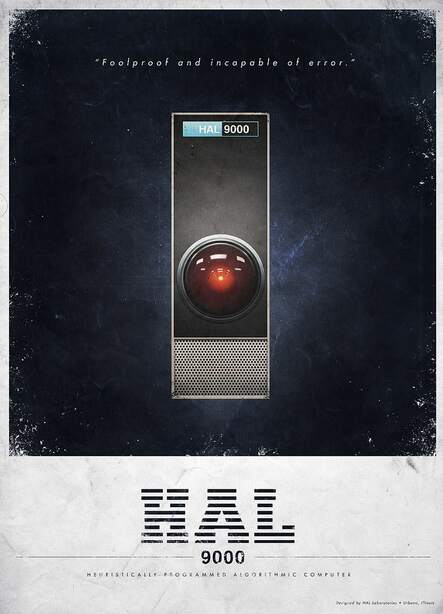Two Dystopias: Despair and Redemption
Last night, I re-viewed George Lucas’ “THX-1138” (for the 20th time), and paired it with Phillip Noyce’s 2014 film treatment of “The Giver”.
Both films portray differing versions of what I like to call the “escape trope” in science fiction dystopias: the main character’s whole motivation is to leave his society. In the first, THX is rejected by the dead society within which he is trapped in an unremarkable role, as soon as he is discovered to be non-compliant. The whole film becomes about him literally just trying to leave. In the second, Jonas is at first exalted by his conformist utopia as a “chosen one”, only later to be rejected when the leadership finds it cannot control him. Through the knowledge Jonas gains in his training, he becomes aware of a hidden truth about his society, which he can only share with the rest by escaping it. The whole film becomes about Jonas revealing that truth, through escape.

